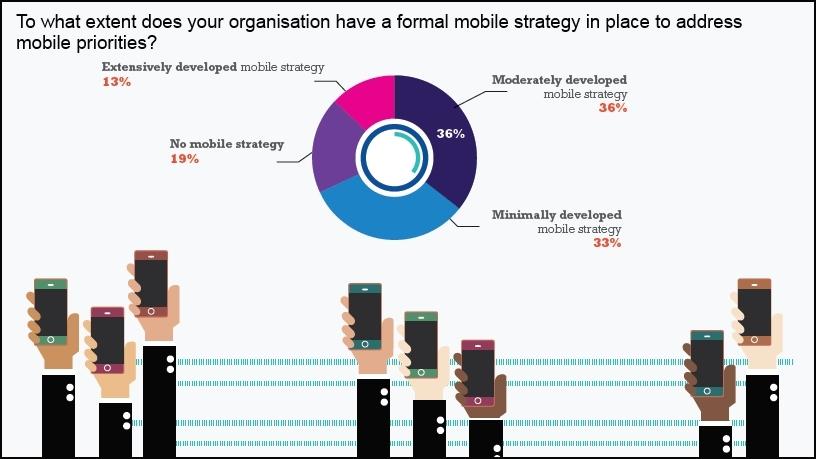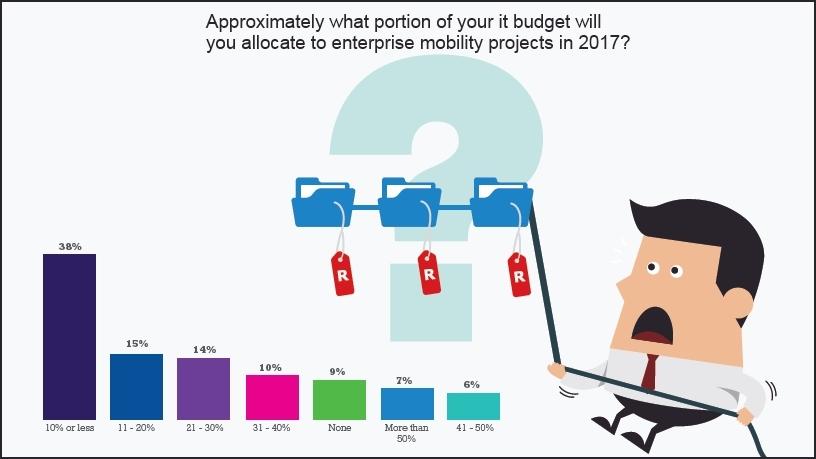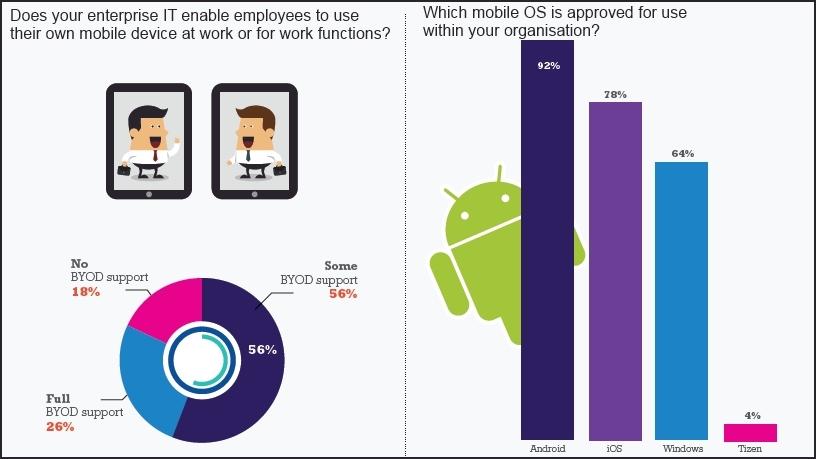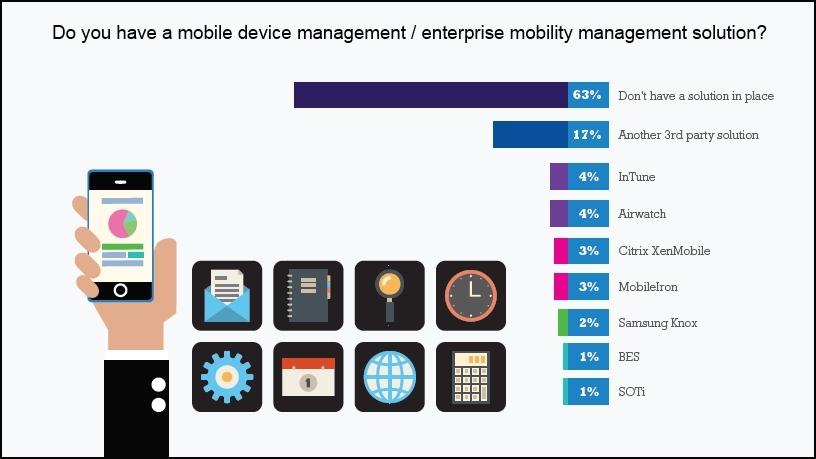
Enterprise mobility is essential these days: having effective mobility strategies in place improves both productivity and customer relations.
A major risk is having highly sensitive data compromised on an employee's mobile device via a cyber-attack which can have massive repercussions on an organisation's reputation and revenue.
ITWeb, in collaboration with Samsung, conducted an Enterprise Mobility survey during April gaining insight into the enterprise mobility strategies of South African organisations.
Developing levels of enterprise mobility
The enterprise mobility survey asked to what extent was a formal mobile strategy in place: 12% stated they had an extensively developed mobile strategy, 36% cited they had a moderate developed strategy, while 33% said they had a minimally developed strategy in place.
19% of the respondents said their organisation had no mobile strategy in place.
How important is enterprise mobility to your organisation?
Six percent of the companies surveyed allocate between 41% and 50% of their IT budget to enterprise mobility projects, while a third of respondents cited it's 10% or less.
IT departments budgeting for an enterprise mobility lifecycle are advised to take the following into consideration: the overall infrastructure, device management and security, employees utilising the devices, an adequate app strategy and device support.
BYOD popularity grows
83% of respondents indicated their IT department allows employees to use their own mobile devices for work related functions. Only 18% stated they do not have any bring your own device (BYOD) support at work.
An overwhelming majority of respondents (92%) use Android as their preferred BYOD.
Spotting BYOD risks
Frequent training of employees helps raise awareness of mobile security risks when employees are allowed to bring their own device. Ensuring policies and procedures are in place to protect client data is vital. It is strongly advised that devices should be monitored by organisations ensuring 'nonapproved' platforms are not being used to access corporate data and apps.
Mobile device management eases the load
The majority of respondents (64%) stated their organisation does not have a MDM (mobile device management) solution in place, while 17% are using a third party solution.
MDM tools are essential to ensure adequate control over the ever-increasing amount of mobile devices being used in the workplace.
Effective MDM solutions provide the ability to:
* Prevent access to risky apps and Web sites.
* Keep track of devices across the firm.
* Enforce authentication pass code requirements.
* Remotely lock or wipe lost devices.
14% of respondents stated their organisation is deploying an MDM solution within six to twelve months, while 22% stated they will do so within the next three to six months.
A distinction must be made between private and corporate information on the device and leveraging of containerisation technologies to create this data separation layer on the device. Containerisation solutions create a separate, encrypted area on the device that is insulated from personal Web-surfing and app use.
About the survey
The 2017 ITWeb/Samsung Enterprise Mobility Survey was conducted online for two weeks during April to gain insight into the enterprise mobility strategies of SA organisations.
1 To what extent organisations have a formal mobile strategy in place;
2 Are employees enabled to use their own mobile device for work;
3 The amount of mobile devices organisations need to support.
Who responded
* 219 responses were received for the Enterprise Mobility Survey.
* 19% of respondents are CEOs or MDs and 28% IT middle management.
* 36% of survey respondents are from fairly large companies with between 501-5000 employees and 22% are from multinationals with over 10 000 employees.




Share